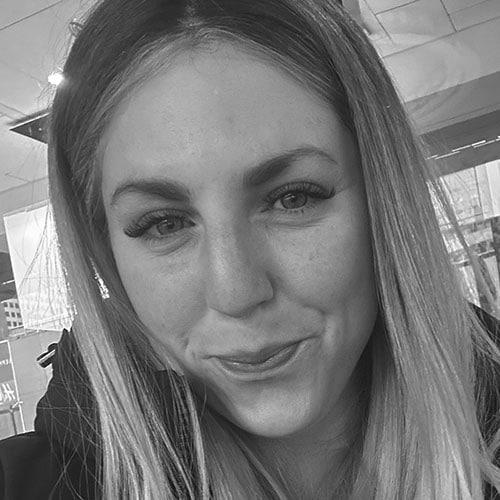As the granddaughter of a rabbi who was also the first president of the Breed Street Shul in Boyle Heights — the center of Los Angeles Jewish life in the first half of the 20th century — Annette Shapiro knows the importance of remembering your roots.
During a Feb. 23 event at the synagogue, titled “Boyle Heights Heroes — Conversations With Local Luminaries,” she talked about how important it is for today’s local Jewry to know how the community got started and the important work it accomplished.
“The people who lived here started organizations that are still thriving today and doing wonderful things. Not only did they succeed in business, but they also succeeded in helping people in the community,” said Shapiro, a local philanthropist and current president of the board of the drug and addiction treatment center Beit T’Shuvah.
At its peak, Boyle Heights was home to a diversity of Jews, as well as 30 active synagogues. Today, one of the last remnants of Yiddishkayt in Boyle Heights is the Breed Street Shul. It’s now being used for events that bridge the gap between past and present, and to highlight the various ethnic and religious groups that used to and currently populate the area.
The recent event, sponsored by the Breed Street Shul Project — the nonprofit overseeing the rehabilitation of the historic shul — featured four individuals who have dedicated their lives to service in the neighborhood. It was the first of what will be a series of events.
“We realized that many people in Los Angeles have no knowledge of this vibrant community, nor of the progressiveness of the relationships that were built here among the various cultural groups that were residents,” Sherry Marks, executive director of the Breed Street Shul Project, said.
“Our idea with this series was to present a variety of viewpoints on a single topic — the inaugural [one] being community service and volunteerism — by former and current residents of Boyle Heights, who have been influenced and informed by their experiences here.”
The speakers included Shapiro, Donna Bojarsky and Gershon Lewis, all of whom have personal connections to the Breed Street Shul. Daniel Hernandez, the fourth member of the panel, grew up in the neighborhood and spoke about his experiences as a Hispanic person in Boyle Heights. The area used to be made up of Jews, Latinos, Russians and Japanese-Americans, but today it is predominantly a Latino neighborhood.
Bojarsky, whose late father had his bar mitzvah at the synagogue, works as a political consultant and founded L.A. Works, a volunteer action group, and the New Leaders Project, an organization for young Jews to gain training in civic duty.
“A big notion of my sense of community responsibility comes from the stories of Boyle Heights, and this was an integral part of my family’s story,” she said. “Everyone here was an immigrant and hoping for a better life, and they wanted to have a good education and to fulfill their dreams. It’s a real opportunity for the Jewish community to come back and take that spirit that was very much part of Boyle Heights and work with another community to [uphold] those same ideals.”
Lewis graduated from Roosevelt High School, located in Boyle Heights, and has worked to keep together the Wabash Saxons, a local philanthropy and social group established in 1939.
The Breed Street Shul Project, established in 1999, has used more than $1 million to clean up and restore the synagogue, which was littered with graffiti and falling apart for many years. Stephen J. Sass, president of the project, said, “When people come here, they see that we’ve turned that around. There is a life here [at the shul] again for those who live in the neighborhood, and there’s a life here beyond the Jewish community. These events help us let people know that and reach out and develop our constituency.”
With the conversation series, which will have three more talks on food, art and music, Marks said she hopes to “restore the Breed Street Shul campus as a center for arts, culture, education and social service that benefits our current Boyle Heights neighbors, as well as provides a space for that harmony to reignite among cultural and religious groups.”
Although the work of the project is far from done, events such as the “Boyle Heights Heroes” series will continue to inform people about the history of the neighborhood and its impact on the community at large.
“It’s important for people to know that when the Jews arrived in Los Angeles, Boyle Heights was where they came to live,” said Shapiro, who has also served on leadership boards of The Jewish Federation of Greater Los Angeles, the Los Angeles Jewish Home and the Jewish Community Foundation of Los Angeles.
“The very Orthodox and the not-so-Orthodox were here. They could be Jewish. You could be a Jew in your home and in the community. That’s what they built.”























 More news and opinions than at a Shabbat dinner, right in your inbox.
More news and opinions than at a Shabbat dinner, right in your inbox.